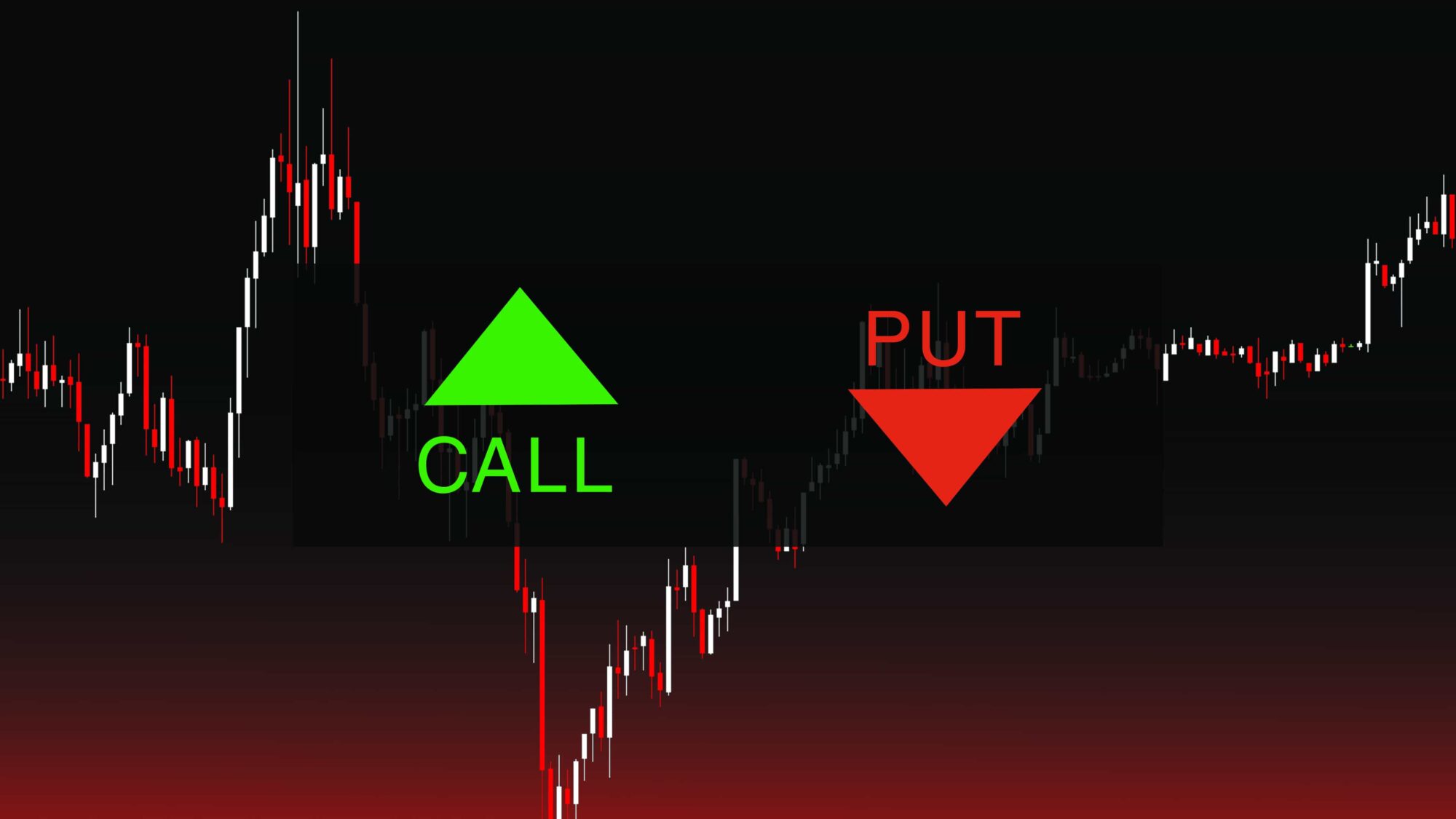In the realm of financial markets, options trading stands as a sophisticated strategy that empowers investors to potentially amplify returns and manage risk. However, navigating the intricacies of options trading requires a clear understanding of its fundamentals and the complexities surrounding this dynamic instrument. This comprehensive guide will delve into the world of options trading, providing a comprehensive overview, expert insights, and practical tips to help you harness its potential and make informed investment decisions.

Image: www.pinterest.co.uk
What are Options?
An option is a financial contract that grants the holder the right, but not the obligation, to buy or sell an underlying asset at a specific price on or before a certain date. Simply put, options confer the flexibility to make a financial wager on the future direction of an asset without actually owning it.
Types of Options
Options come in two primary flavors: calls and puts. Call options grant the holder the right to buy an underlying asset at a specified price (strike price), while put options grant the right to sell. Understanding the distinction between calls and puts is crucial for strategizing options trades effectively.
Understanding Call Options
Call options are typically employed when an investor anticipates an upward trend in the underlying asset’s price. If the asset’s price rallies above the strike price, the holder can exercise the call option and purchase the asset at a favorable price, potentially profiting from the price appreciation.

Image: www.asktraders.com
Understanding Put Options
Put options, on the other hand, are utilized when an investor foresees a decline in the underlying asset’s price. By exercising a put option, the holder can sell the asset at the strike price before it plummets further, potentially safeguarding against losses.
Benefits of Options Trading
Options trading offers several notable advantages to investors:
-
Leverage: Options provide a method to control substantial amounts of the underlying asset with a relatively small investment, known as the premium. This leverage can amplify potential returns but also magnifies risks.
-
Flexibility: Options afford investors the flexibility to tailor strategies to meet their specific goals and risk tolerance levels. Whether seeking capital appreciation or protection against downturns, options provide versatile instruments.
-
Risk Management: Options serve as valuable tools for managing risk in investment portfolios. By incorporating options strategies, investors can hedge against unfavorable market movements and mitigate potential losses.
How to Trade Options
To initiate options trading, investors need to familiarize themselves with the following steps:
-
Selecting an Underlying Asset: The first step involves identifying the underlying asset to trade options on, which could be stocks, bonds, commodities, or indices. Choose assets you understand and have researched thoroughly.
-
Understanding Strike Prices and Expiration Dates: Strike prices represent the specific price levels at which options can be exercised. Expiration dates determine when the options contract expires and becomes worthless. Careful selection of strike prices and expiration dates is crucial for effective options trading.
-
Assessing Market Conditions: Before trading options, it’s essential to assess the overall market conditions, including economic indicators, news events, and industry trends. This analysis will provide insights into the potential direction of the underlying asset’s price.
Expert Insights and Actionable Tips
To enhance your options trading endeavors, consider these expert insights and practical tips:
-
Embrace a Methodical Approach: Options trading requires a systematic approach that incorporates thorough research, risk management techniques, and a clear understanding of options pricing models. Avoid impulsive decisions and rely on objective analysis.
-
Seek Professional Guidance: If you’re a novice in options trading, consider consulting with a qualified financial advisor or brokerage firm for personalized guidance and support.
-
Manage Risk Prudently: Remember that options trading carries inherent risks. Employ a risk management strategy that aligns with your investment objectives and financial situation.
Trading Of Options Investopedia

Image: www.projectfinance.com
Conclusion
Options trading presents a potent tool for savvy investors seeking to enhance returns and manage risk. By understanding the fundamentals, utilizing expert insights, and implementing prudent risk management practices, you can harness the potential of options to make informed investment decisions and achieve your financial goals. Always remember to approach options trading with caution, conduct thorough research, and seek guidance when needed to navigate the intricacies of this dynamic market effectively.






